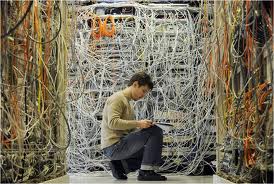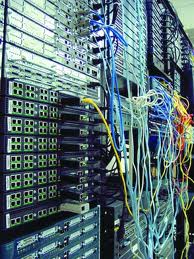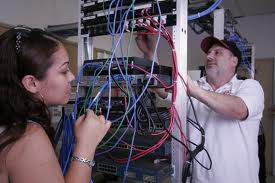Computer Networking
Computer networks from ISPs to WiFi and cellular networks are a key part of the information economy. These networks are the foundation for the Web, and they enable companies such as Google, Facebook and Amazon. This course introduces the fundamental problems of computer networking, from sending bits over wires to running distributed applications. For each problem, we explore the design strategies that have proven valuable in practice. Topics include error detection and correction, multiple-access, bandwidth allocation, routing, internetworking, reliability, quality of service, naming, content delivery, and security. As we cover these topics, you will learn how the internals of the Internet work to support the Web and other networked applications. You will develop a detailed understanding of widely-used networking technologies such as TCP/IP, HTTP, 802.11, Ethernet, and DNS.
| Characteristics of a Computer Network |
The primary purpose of a computer network is to share resources:
- You can play a CD music from one computer while sitting on another computer
- You may have a computer that doesn’t have a DVD or BluRay (BD) player. In this case, you can place a movie disc (DVD or BD) on the computer that has the player, and then view the movie on a computer that lacks the player
- You may have a computer with a CD/DVD/BD writer or a backup system but the other computer(s) doesn’t (don’t) have it. In this case, you can burn discs or make backups on a computer that has one of these but using data from a computer that doesn’t have a disc writer or a backup system
- You can connect a printer (or a scanner, or a fax machine) to one computer and let other computers of the network print (or scan, or fax) to that printer (or scanner, or fax machine)
- You can place a disc with pictures on one computer and let other computers access those pictures
- You can create files and store them in one computer, then access those files from the other computer(s) connected to it
| Peer-to-Peer Networking |
Based on their layout (not the physical but the imagined layout, also referred to as topology), there are various types of networks. A network is referred to as peer-to-peer if most computers are similar and run workstation operating systems.
In a peer-to-peer network, each computer holds its files and resources. Other computers can access these resources but a computer that has a particular resource must be turned on for other computers to access the resource it has. For example, if a printer is connected to computer A and computer B wants to printer to that printer, computer A must be turned On.













































































